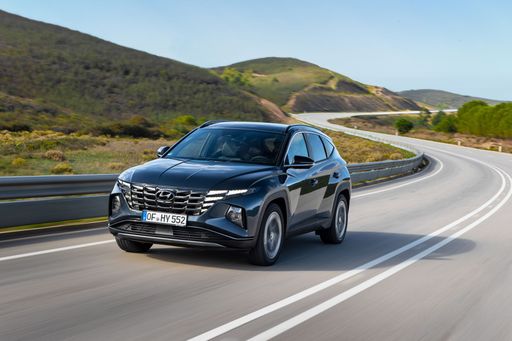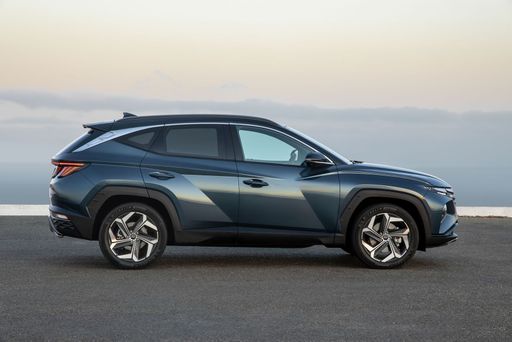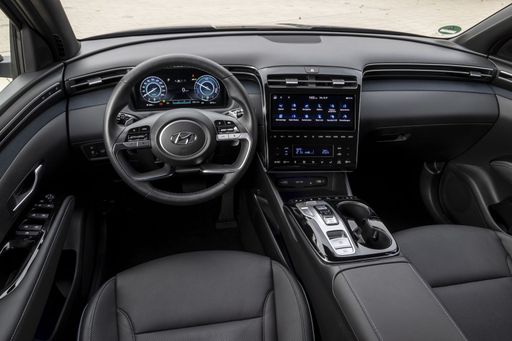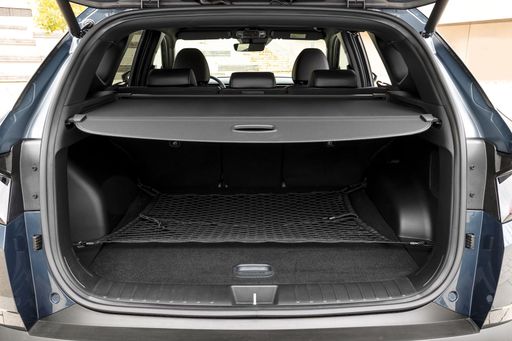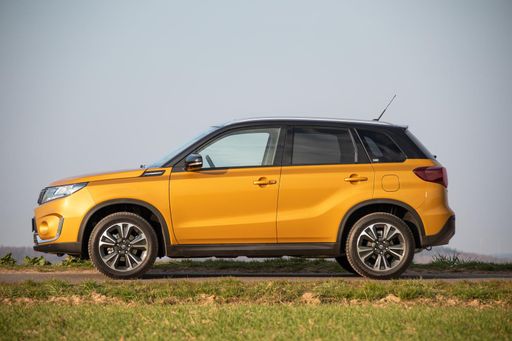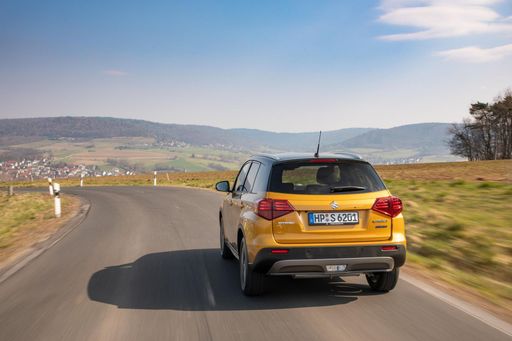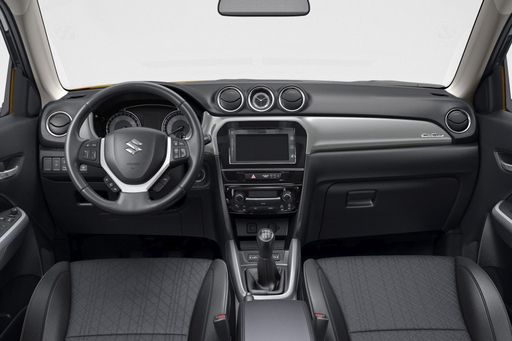A Clash of SUVs: Hyundai Tucson vs Suzuki Vitara
In the world of compact SUVs, few match-ups excite like that of the Hyundai Tucson and the Suzuki Vitara. Both hailing from Asia, these vehicles epitomize the perfect blend of practicality, strength, and technology. In this review, we delve into the technical aspects and innovations of both models, showcasing what sets them apart and where they stand toe-to-toe.

